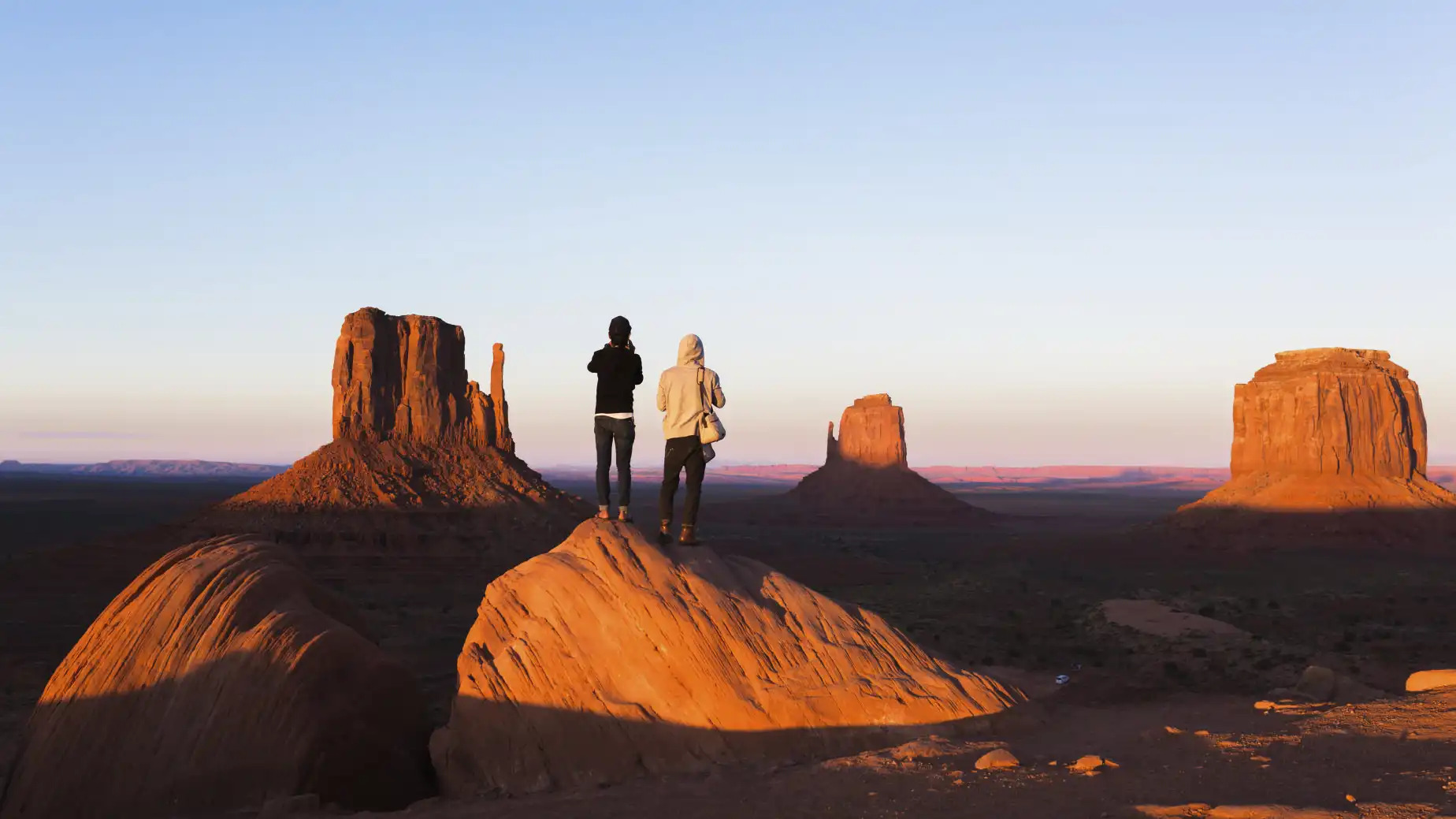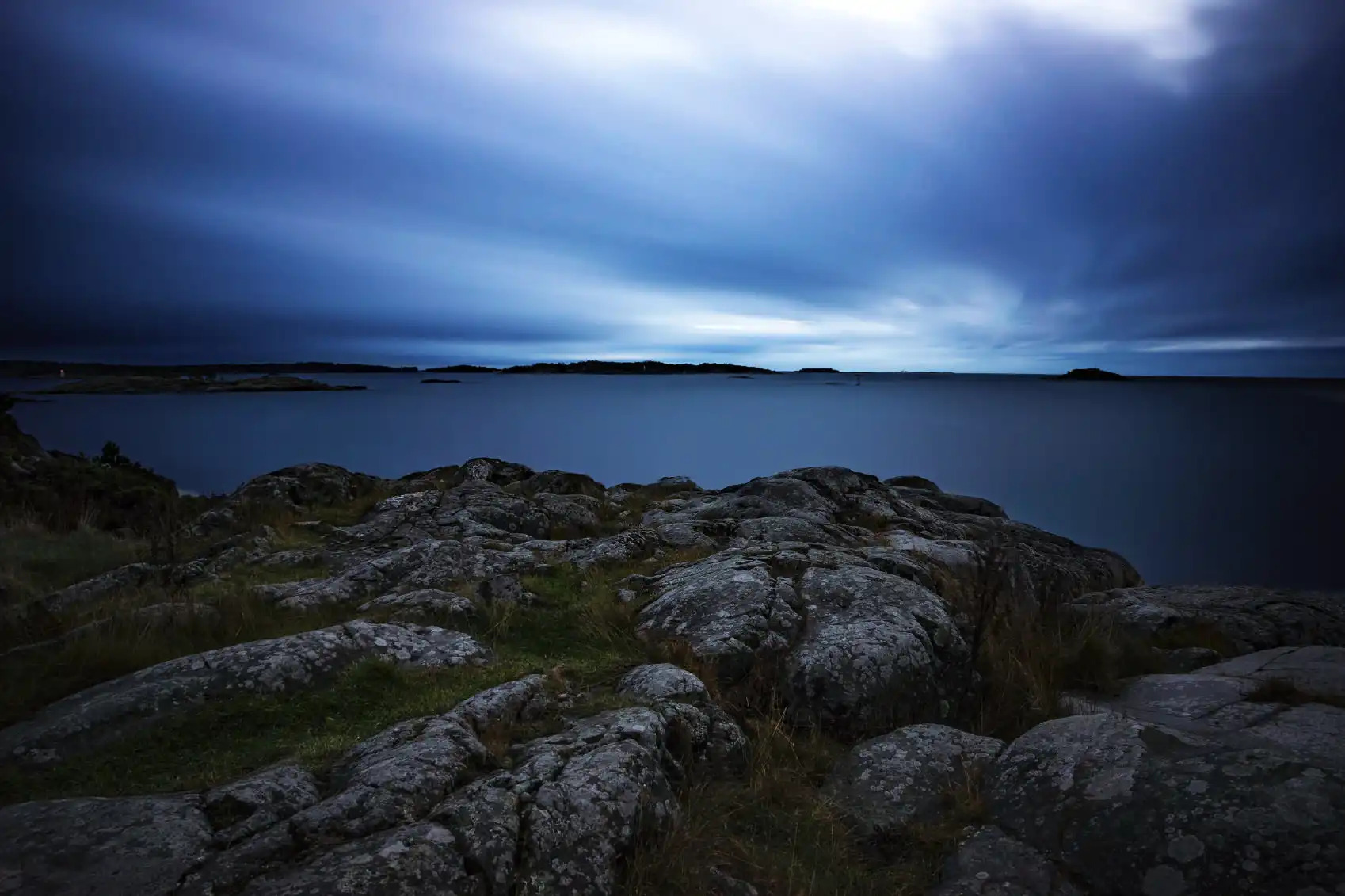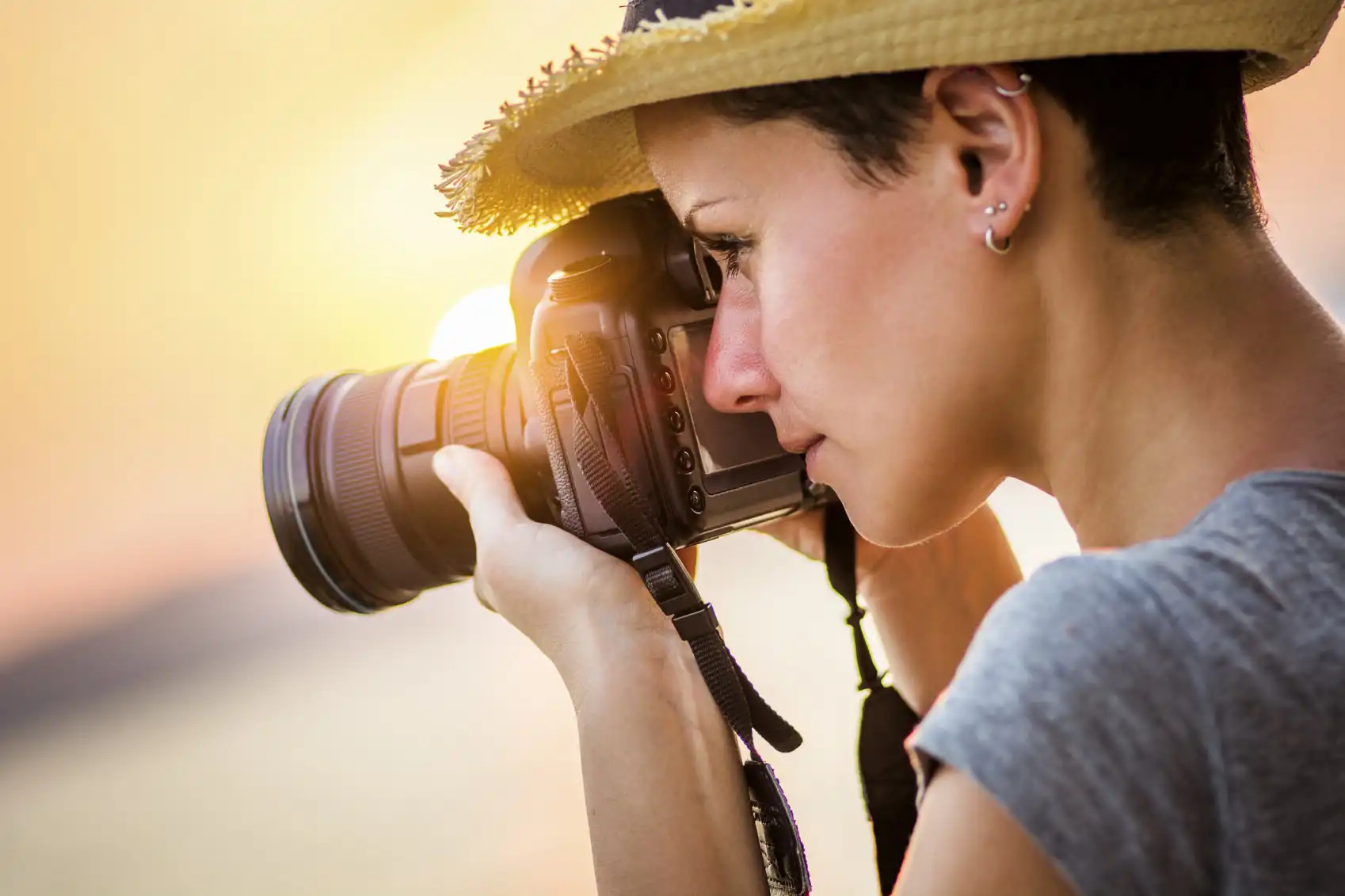Articles
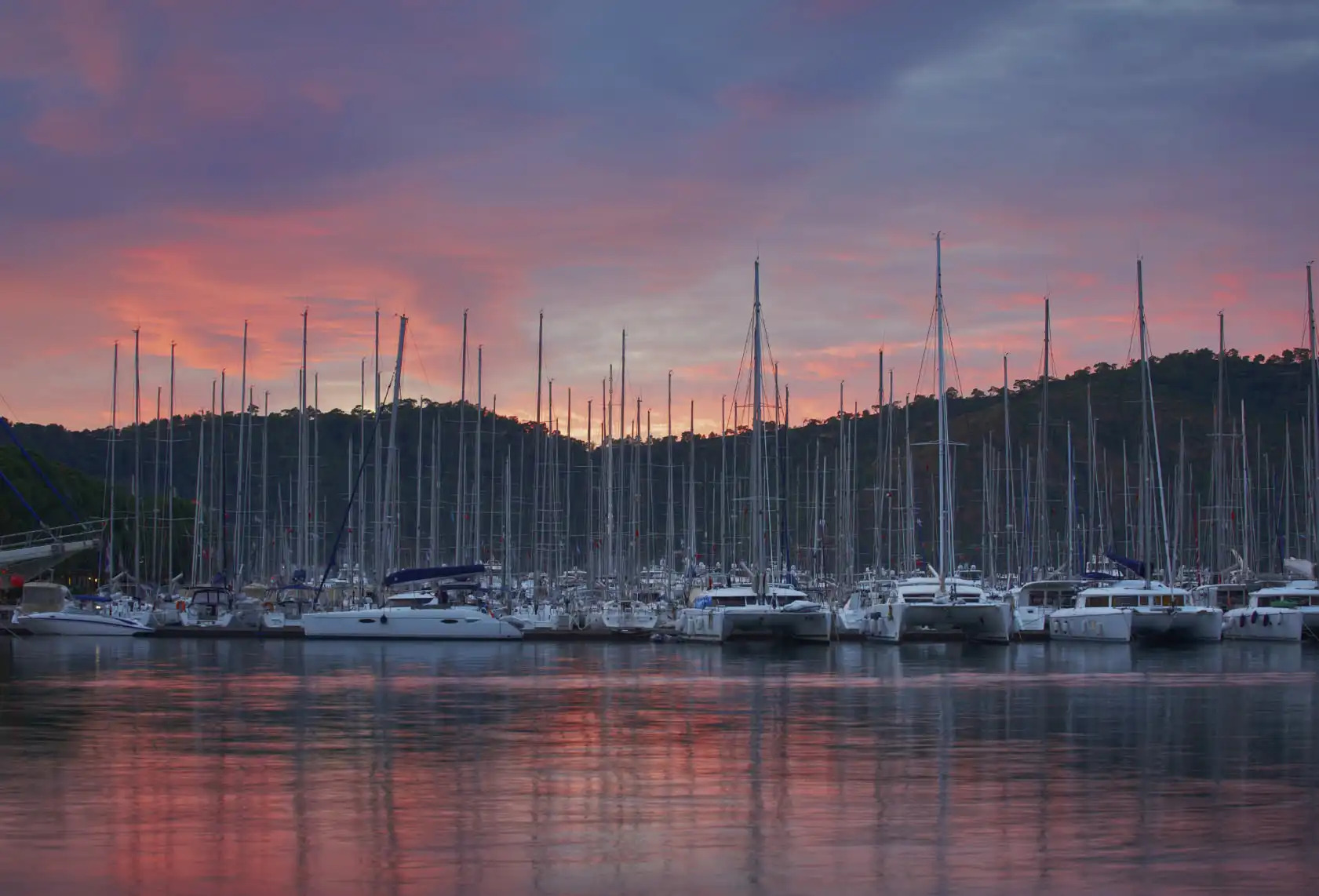
How to Capture Colorful Sunsets
Photography Talk
Sunsets are by far a favorite subject for beginners. After all, who doesn’t love the beautiful soft light and warm colors of a nice sunset? But the risk with photographing something that is being photographed by millions every day is ending up with a cliché. It’s actually hard to take an impressive photo of a sunset given the countless images that are being uploaded on sites like 500px, not to mention Instagram and Facebook every day. Nevertheless, by no means should you refrain yourself from trying to capture an awesome sunset. The least you will end up with is a killer wallpaper.
{module Google 728x90}
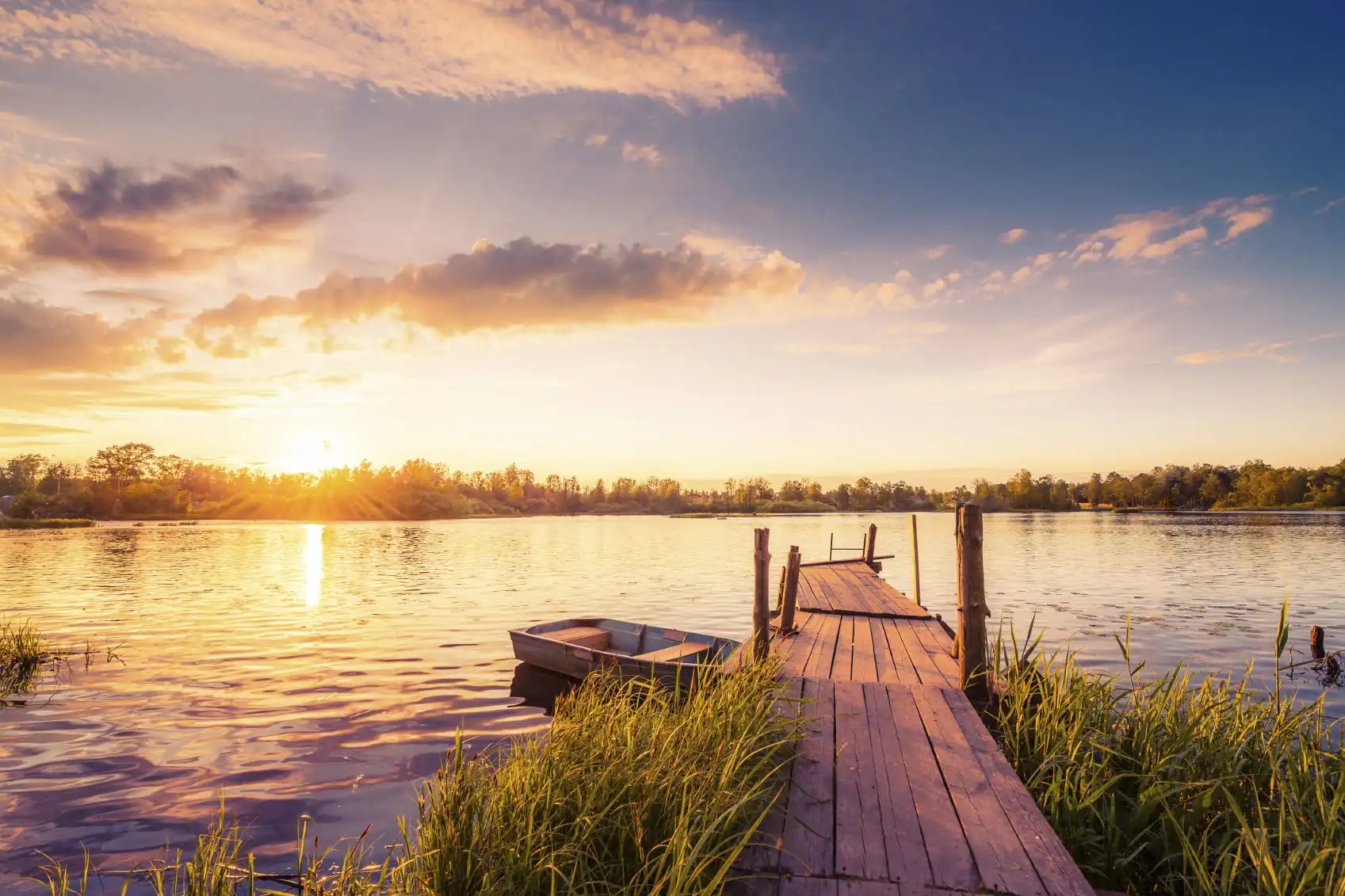
With that said, there are a few guidelines to keep in mind before you set out shooting. First of all, don’t make the actual sun going bellow the horizon line a subject. The reason we love sunsets so much is because of the beautiful light they produce. Having that in mind, the first step is to choose an actual, appropriate subject that will benefit from the warm colors of the setting sun. This is really something that’s up to you and your surroundings. It can be anything from a beautiful landscape to a harbor full of boats.
Try to get there before the sun sets and stay around for 15-30 minutes after it goes down below the horizon line. That interval is usually when the magic happens and the light looks amazing.
When it comes to the technical side of things, any DSLR/mirrorless or even a decent compact can get the job done admirably, as long as it allows you to shoot in RAW format. This is essential so don’t forget to switch from JPG to RAW if you haven’t already done it. It’s the file format that brings out the maximum quality and the widest dynamic range.
Sunset shots work best when taken with wide angle lenses. You want to make sure you capture as much as you can from the scene and help the viewer’s feel like they were there. Anything from 14mm to 35mm is recommended, although it’s something that should be decided on location.
{module cameras T4i}
For maximum detail, I recommend using the lowest ISO value and a lower aperture, somewhere in the range of f/8-f11. This is where most lenses have that sweet spot that pulls out the most detail.
All this means you’re going to have to pack a tripod, so make sure it’s the first item on your checklist. As a final thought, whenever I go shooting sunsets I always take a ND filter. You never know when it will come in handy.
Here’s a great video tutorial with photographer Gavin Hoey from Adorama TV.
{source 0} {/source}
Learn more about photographing landscapes from these recommended books:
- The Art, Science, and Craft of Great Landscape Photography
- Landscape Photography: From Snapshots to Great Shots
- Understanding Exposure, 3rd Edition: How to Shoot Great Photographs with Any Camera
{module Article bottom share buttons}
{module Recommended Reading}



